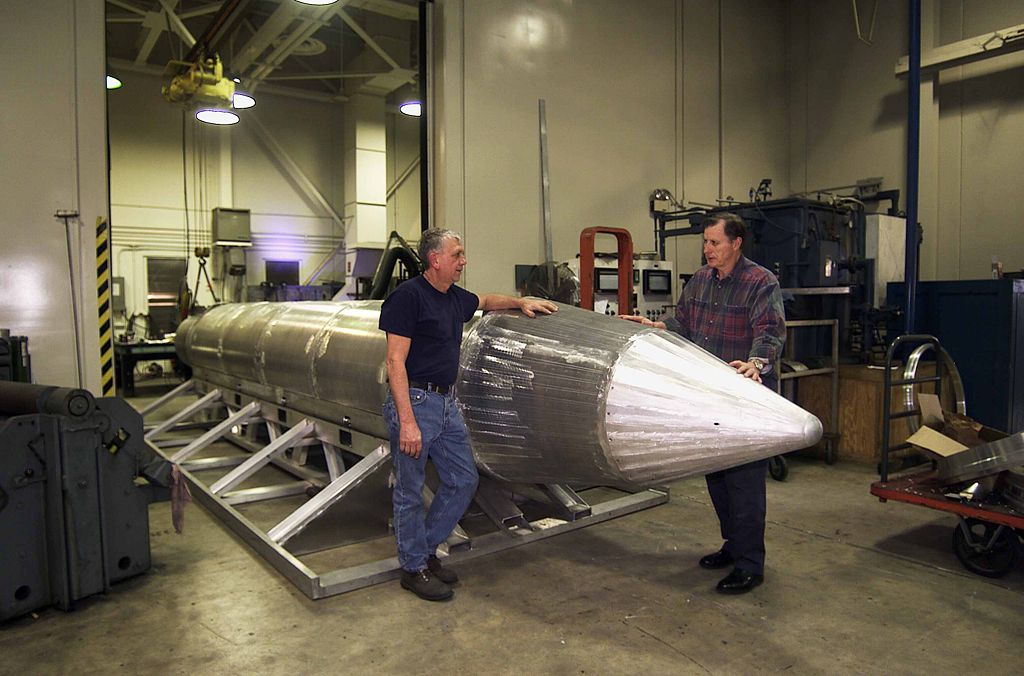It was the first time the United States has used this size of bomb in a conflict. It was dropped from a MC-130 aircraft in the Achin district of Nangarhar province, close to the border with Pakistan, Pentagon spokesman Adam Stump said. The acronym MOAB actually stands for Massive Ordnance Air Burst.
Also known as the "mother of all bombs," the GBU-43 is a 21,600 pound (9,797 kg) GPS-guided munition and General John Nicholson, the head of U.S. and international forces in Afghanistan, said the bomb was used against caves and bunkers housing fighters of the Islamic State in Afghanistan, also known as ISIS-K. “This is the right munition to reduce these obstacles and maintain the momentum of our offensive against ISIS-K,” Nicholson said in a statement. It was not immediately clear how much damage the bomb did.
Here are six quick facts about the bomb:
1) It was first tested in March 2003, just days before the start of the Iraq war.
2) It weighs 21,000 pounds or 9525 kg.
3) It’s 30 feet long and 40.5 inches in diameter.
4) It is a 'smart bomb' guided by a satellite and explodes 6 metres above the ground which increases its impact.
5) It’s not the largest bomb, that honour belongs to the T-12a 19,800 kg bomb, also known as the Cloudmaker.
6) Compared to a nuclear bomb, the MOAB has a smaller blast radium but a nuclear bomb weighs considerably less. The nuclear bomb dropped on Hiroshima had a yield of 14,500 tonnes of TNT and weighed half the amount of the MOAB.
 |
| Al Weimorts (right), the creator of the GBU-43/B Massive Ordnance Air Blast bomb, and Joseph Fellenz, lead model maker, look over the prototype before it was painted and tested. (Wikimedia Commons) |
With inputs from Reuters



No comments:
Post a Comment